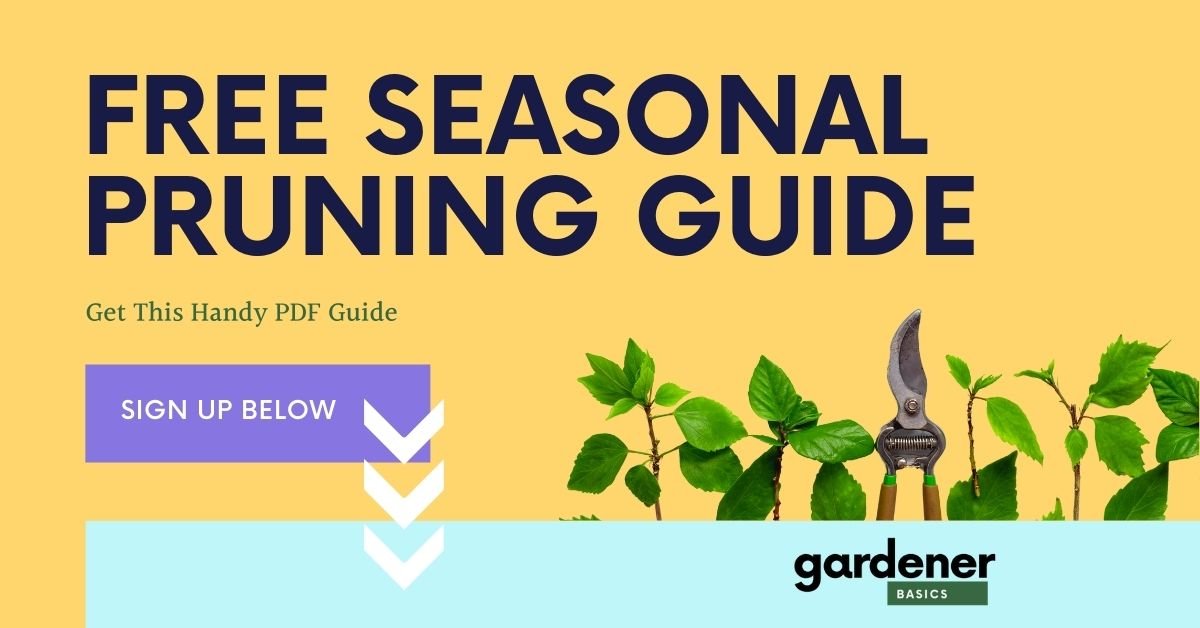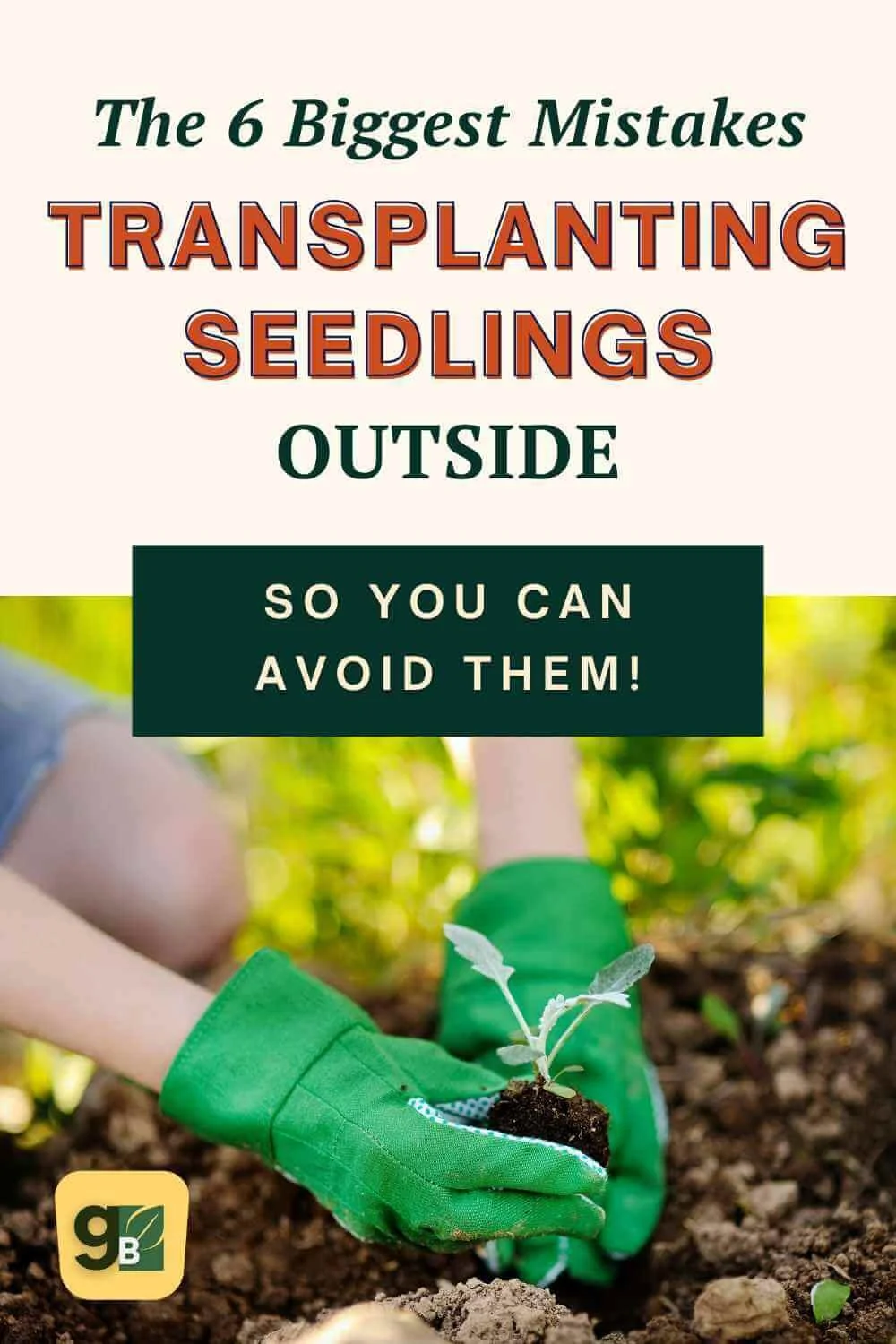The Biggest Mistakes When Transplanting Seedlings Outside
Transplanting Seedlings Outside
Gardening can be a fulfilling and enjoyable experience, especially when starting plants from seeds. But it also requires careful attention to detail when it comes to moving those tender seedlings from the safety of your home to the great outdoors.
Today, I’m sharing some hard-earned wisdom on the common missteps to avoid when transplanting seedlings, ensuring your garden thrives from the get-go.
The items listed above are accompanied by affiliate links, meaning I earn a small commission if a purchase is made through my links. This has no impact on the cost to the consumer. I link to products this way whenever possible, and it has no bearing on the products I choose to review or recommend.
1. Not Hardening Off Seedlings Properly
The first mistake is skipping the crucial step of hardening off. If you’re new to gardening, ‘hardening off’ is the process of gradually acclimating indoor-grown seedlings to outdoor conditions.
Start about 1-2 weeks before you plan to transplant. Place the seedlings outside in a shaded, sheltered spot for a few hours each day, gradually increasing their exposure to sun and wind.
This might sound like a bit of a chore, but it’s essential to prevent shock, which can stunt growth or even kill those baby plants.
If you are a weekend warrior gardener, you can still harden off your seedling with a limited schedule. I have an entire post dedicated to how to harden off seeds with limited time.
2. Transplanting at the Wrong Time
Timing is everything in gardening. Transplanting seedlings on a sunny afternoon might seem like a good idea, but it’s actually better to choose a cloudy day or even late in the afternoon. This reduces the risk of sun stress and gives plants a gentle night to recover.
Also, be sure to check the last expected frost date in your area—you don’t want a surprise cold snap to wipe out your hard work! You should wait until nighttime temperatures consistently stay above 50℉.
3. Ignoring Soil Preparation
Before you even think about moving those seedlings, make sure your garden site is ready. A common oversight is planting in unprepared soil. Your plants need a comfy home to spread their roots!
Work the soil until it’s loose and can be easily crumbled, mix in some compost or aged manure for nutrients, and make sure it drains well. A test I often do is to squeeze a handful of soil—it should hold together but break apart easily when poked.
4. Planting Seedlings Too Deep or Too Shallow
Each seedling has its Goldilocks depth— not too deep, not too shallow. Generally, plant them at the same depth they were growing in their containers. Planting too shallow can expose the roots and result in a weak plant that can break easily. It’s a delicate balance, but you’ll get the hang of it with a little practice!
When you're unsure, just check the seed packet again. It's got all the specific tips and tricks tailored for your particular plant and variety. Do seed packets confuse you? You are not alone. Here is how to read one.
5. Overwatering or Underwatering
Water is life, but too much or too little can spell disaster. After transplanting, give your seedlings a good watering to help settle the soil around the roots and eliminate air pockets.
After that, keep the soil consistently moist but not waterlogged. A good rule of thumb is to water when the top inch of soil feels dry. Remember, overwatering can be just as harmful as underwatering. One way to avoid over- or under-watering is to use a soil moisture meter. This is the soil meter I use.
6. Neglecting to Label and Monitor
Finally, don’t forget to label your plants! As your garden grows, it’s easy to forget what’s planted where. Plus, monitoring your plants’ progress helps you catch issues early, from nutrient deficiencies to signs of disease.
I keep a garden journal to track when I plant, transplant, and notice any changes in my plants’ health.
This guide should help you sidestep the most common pitfalls and enjoy the journey of bringing your garden to life.
Remember, gardening is a learning experience filled with trials and triumphs. Don’t hesitate to reach out to fellow gardeners or your local extension office for advice. Happy gardening, and here’s to a bountiful season ahead!
Pin it for Later!













